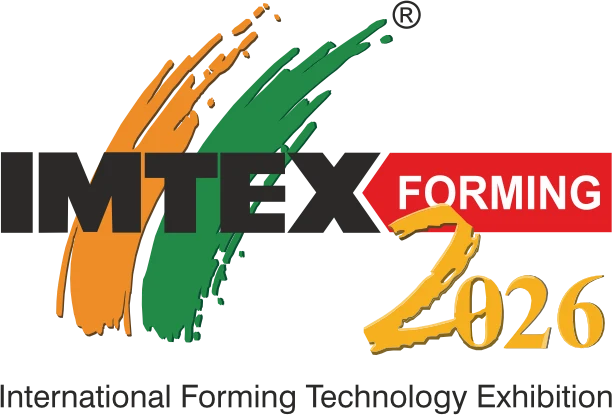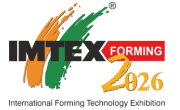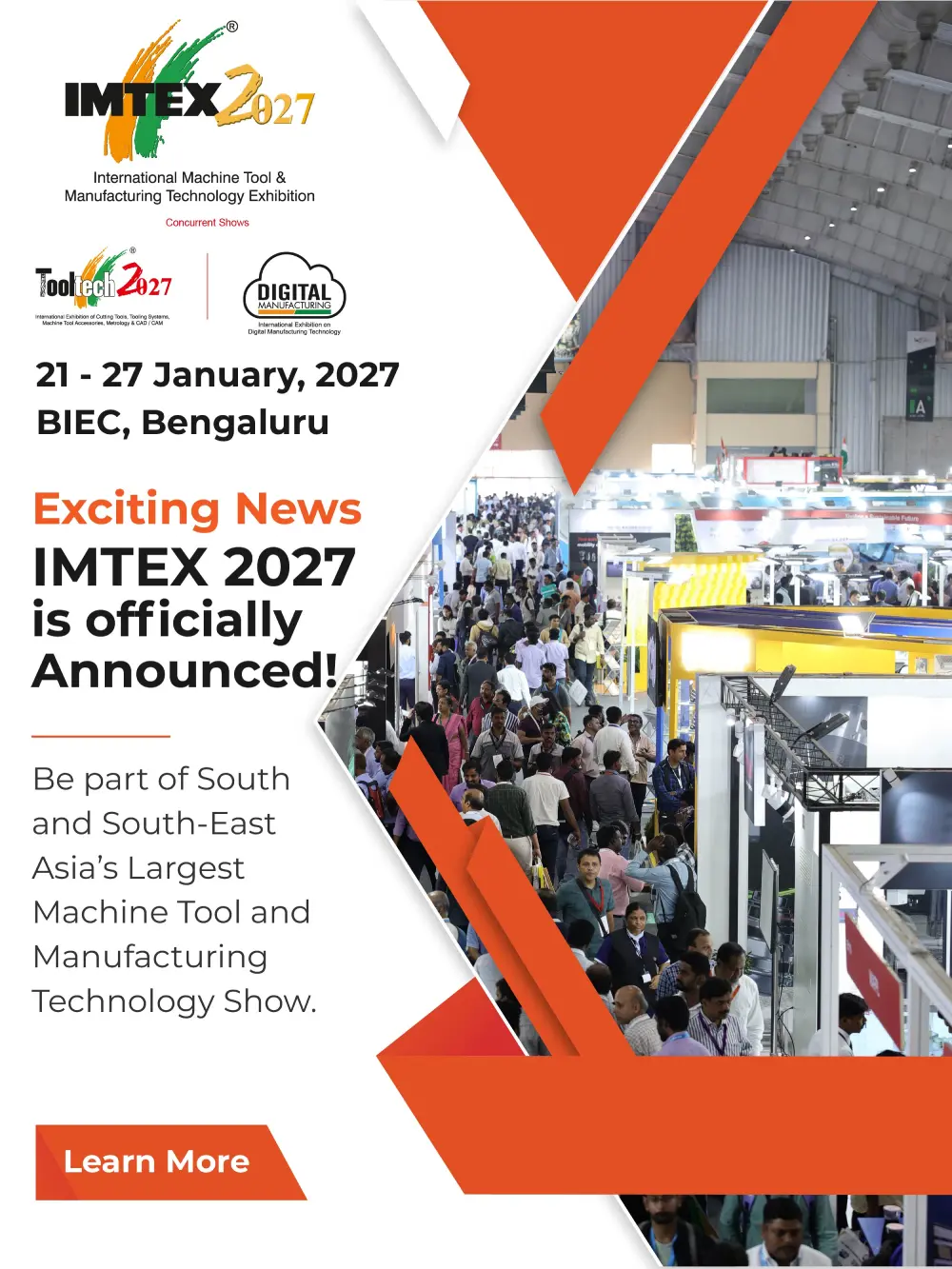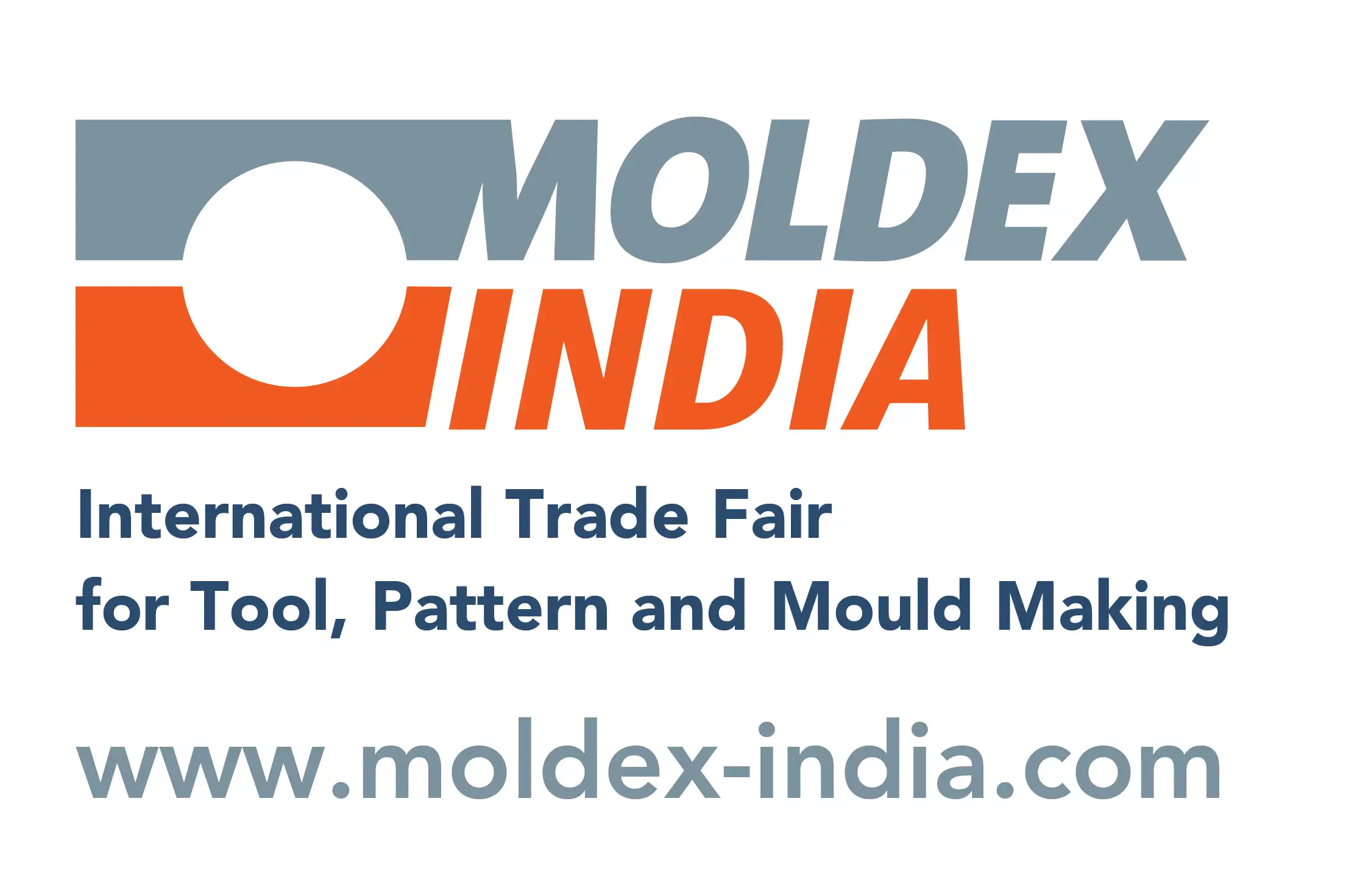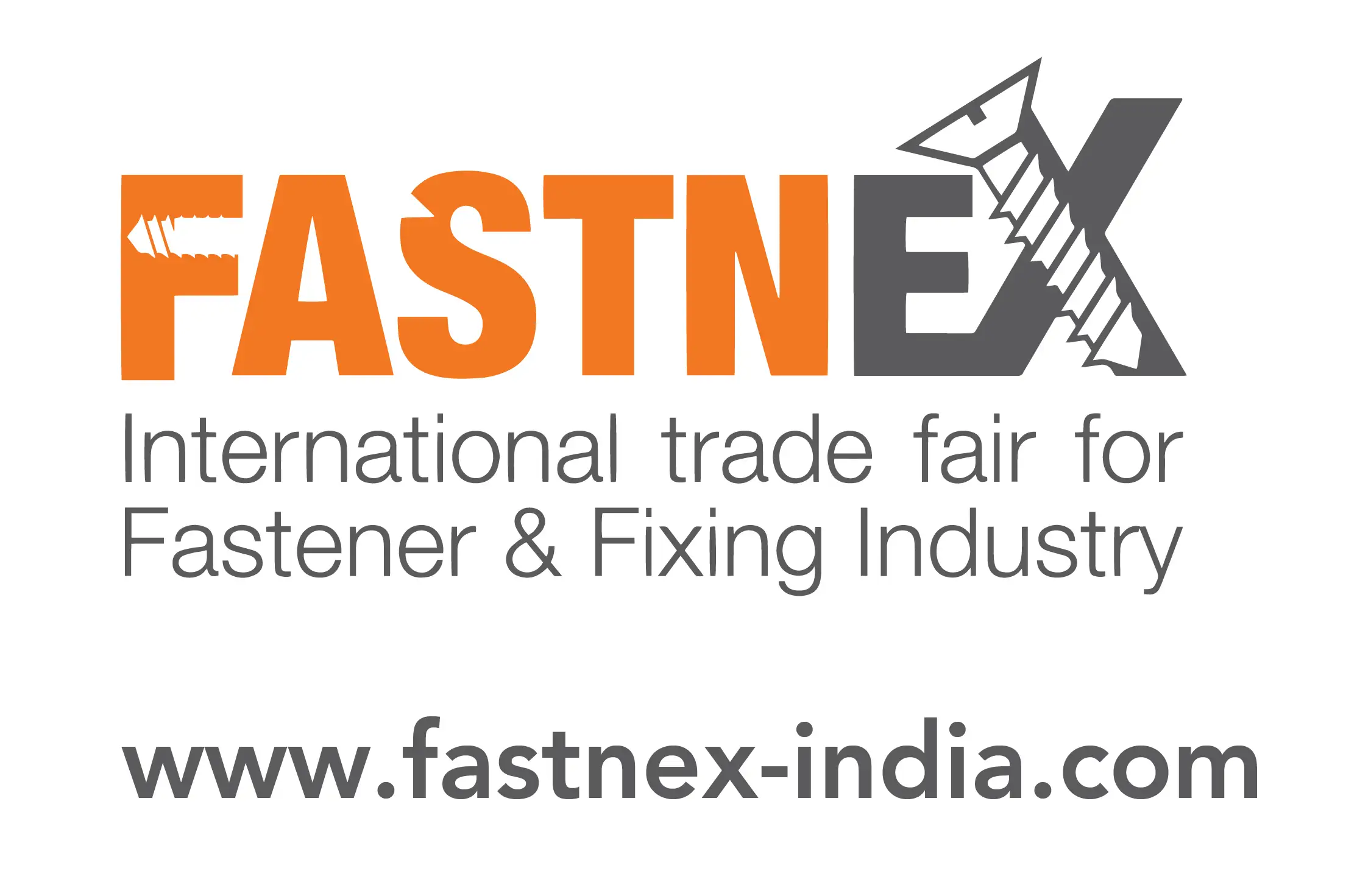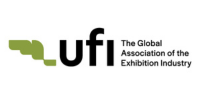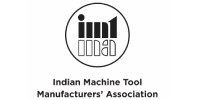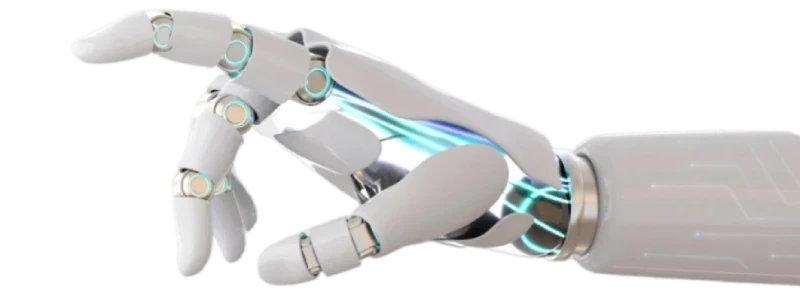IMTEX FORMING 2024 - Key Highlights
IMTEX FORMING 2024 - Key Highlights
Visitors Profile
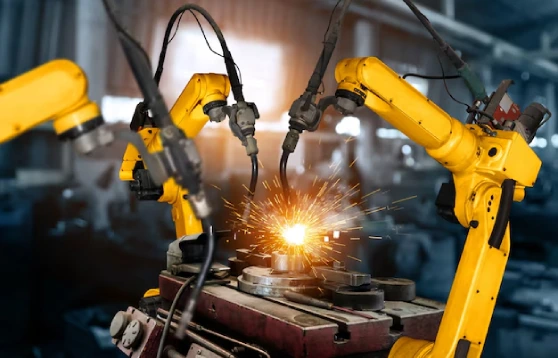
Weldexpo - 2026
Welding is crucial for the mass production of goods essential for economic growth. It is the silent force behind manufacturing, fusing strength and precision in everything, from ships and aircraft to medical tools, automobiles, and many other industrial goods. Explore how welding powers progress in industries across the globe at this edition of WELD EXPO.
Know More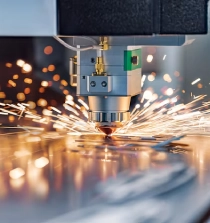
Tooltech 2026
Held alongside IMTEX, Tooltech showcases next-gen tooling innovations. As a hub of precision and progress, it highlights technologies that are reshaping the future of manufacturing.
Know More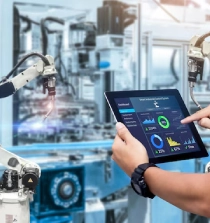
Digital Manufacturing 2026
Explore the future of intelligent manufacturing with cutting-edge 3D printing, agile robots, and Industry 4.0 solutions. Discover smarter factories, seamless connectivity, and next-gen productivity.
Know MoreUpcoming Events
Shaping Tomorrow’s Manufacturing Needs, Today
Gear up for the upcoming editions of IMTEX and IMTEX FORMING, the flagship exhibitions organised by IMTMA on machine tools and manufacturing technologies. As industries continue to develop, IMTEX will act as the launchpad for future-ready solutions, global collaborations, and innovative breakthroughs. Join this transformation. The future of manufacturing starts with IMTEX.
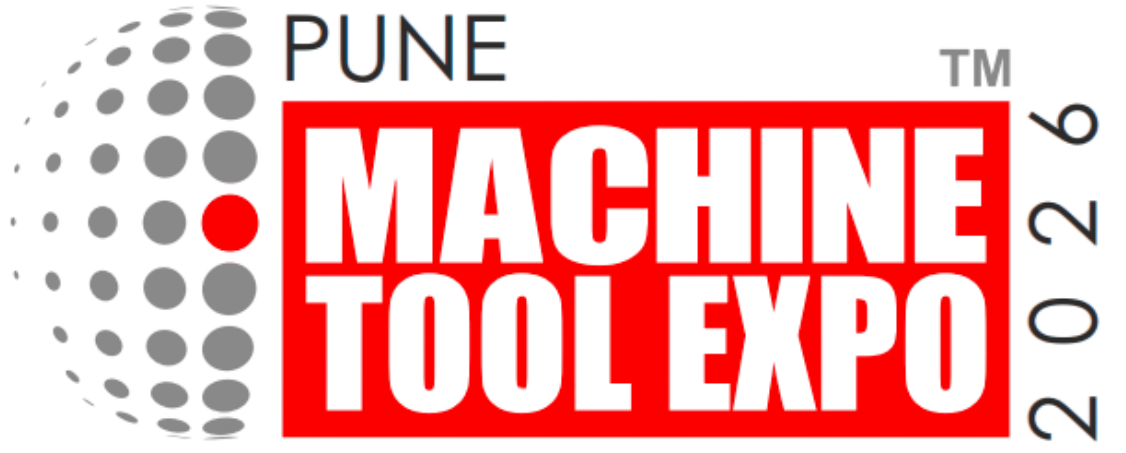
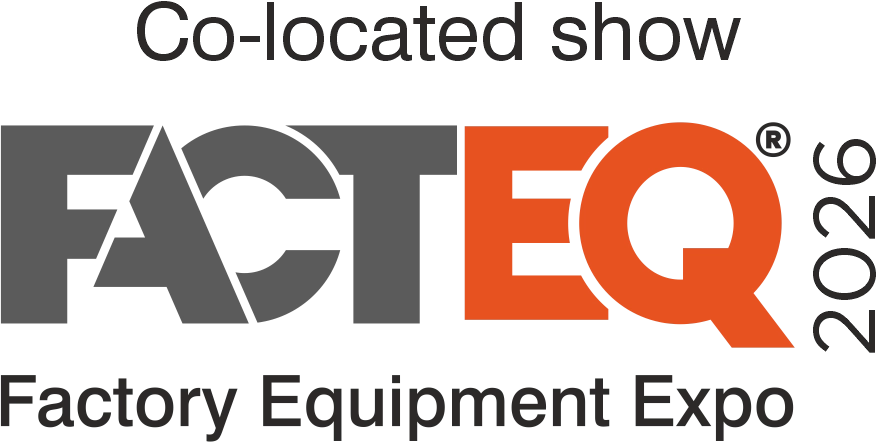
Pune Machine Tool Expo 2026
Brace up for the most anticipated machine tool and manufacturing technology expo in Western India

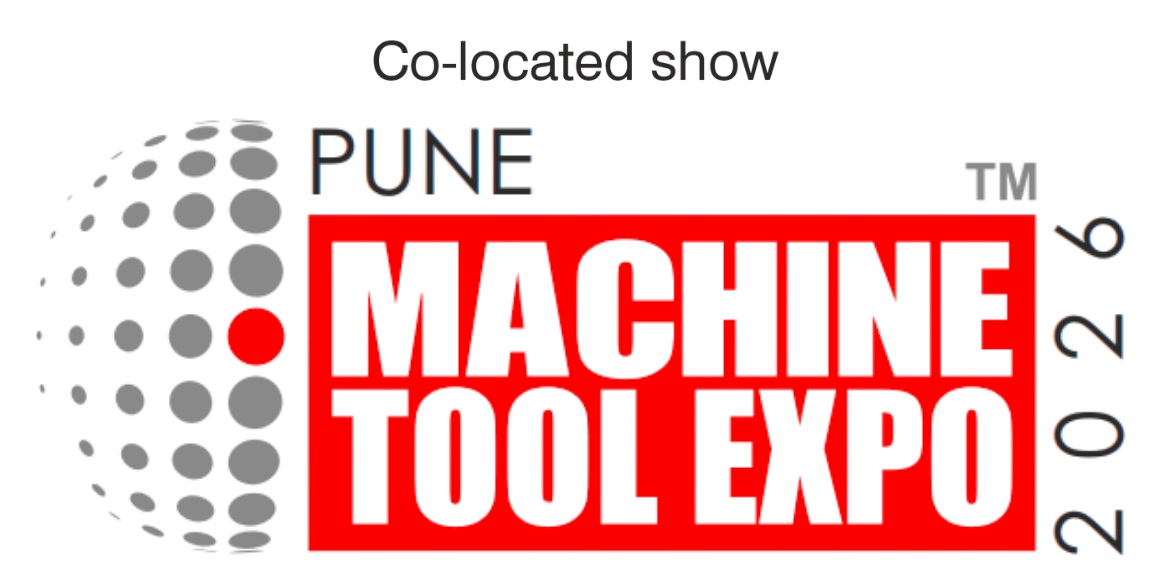
Facteq
FACTEQ is an exclusive exhibition of factory equipment and upgrade solutions.
